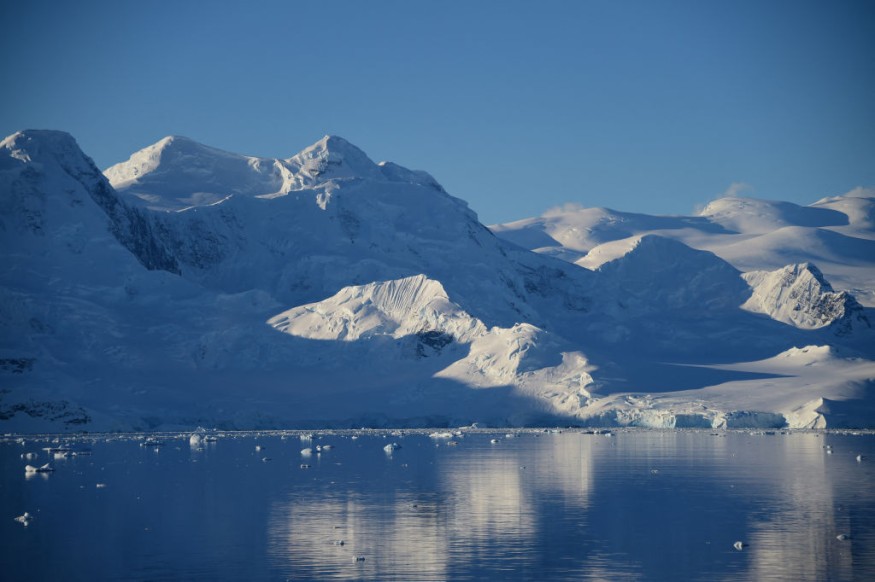Antarctica is known today as a vast icy continent located in the Southern Hemisphere of our planet.
A desolate terrestrial landmass, its temperatures remain low throughout the year, with a slight increase every summer season that spans from October to March each year.
However, in recent years, anthropogenic global warming is causing glacier melt or retreat in the continent.
Now, a new study led by scientists from Brazil and Chile confirmed the evidence that Antarctica was once green but frequently ravaged by forest fires.
They asserted such natural phenomenon is due to active volcanism during the age of dinosaurs in the later part of the Cretaceous period 75 million years ago.
This occurred approximately 9 million years before the Chicxulub impactor struck Earth.
Paleontological evidence showed Antarctica as we know today is very different during such geologic period.
It was filled with forests and grasslands which served as natural habitats for a wide range of ecosystems, ranging from dinosaurs to smaller mammals at that time.
The discovery also confirmed the continent helped animals migrated when it was once connected with South America and Australia.
Antarctica Forest Fires

The study was published in the journal Frontiers in Earth Science on April 14, wherein researchers from the Chilean Antarctic Institute and the Brazilian Antarctic Program collected samples on King George Island, located in the Shetland Islands archipelago of the Antarctic Peninsula during expeditions.
The research team provide evidence from plant fossils that frequent forest fires disturbed the continent.
The team was led by Brazilian paleobotanist Dr. Joseline Manfroi, who had already proven the first evidence of forest fire in Antarctica back in 2015, as part of a paper published in the journal Palaeogeography, Palaeoclimatology, Paleoecology.
Manfroi said the intense volcanism linked to the Cretaceous was the driving force behind the forest fires in the continent, emphasizing that it was not the contact between molten lava and active volcanism that ravaged the vegetation, but rather the contact of vegetation with hot ash clouds and pyroclastic clouds emitted by volcanoes, as cited by Phys.org.
The researcher also added the contact of fire with vegetation in Antarctica also influenced the evolution and biodiversity in the continent's southern forests.
Antarctic Forest Evidence
The recent Frontiers in Earth Science study is not the first one to discover about the ancient Antarctic forests.
In fact, other research in recent years have also found evidence that the continent was not always a frozen site.
In 2020, an article by the Imperial College London stated that researchers from the UK and Germany found evidence of ancient rainforests near the South Pole region of Antarctica 90 million years ago, which suggested that the climate at such time was exceptionally warm.
It was part of a separate study by an international team led by geoscientists not only by the Imperial College London but also those from the Alfred Wegener Institute.
Their study was published in the journal Nature.
Related Article: Antarctic Ice Caps Formed 33.6 Million Years Back: Researchers Say
© 2025 NatureWorldNews.com All rights reserved. Do not reproduce without permission.





